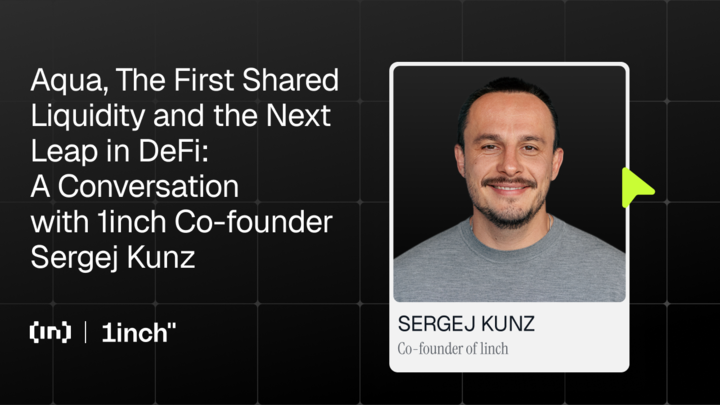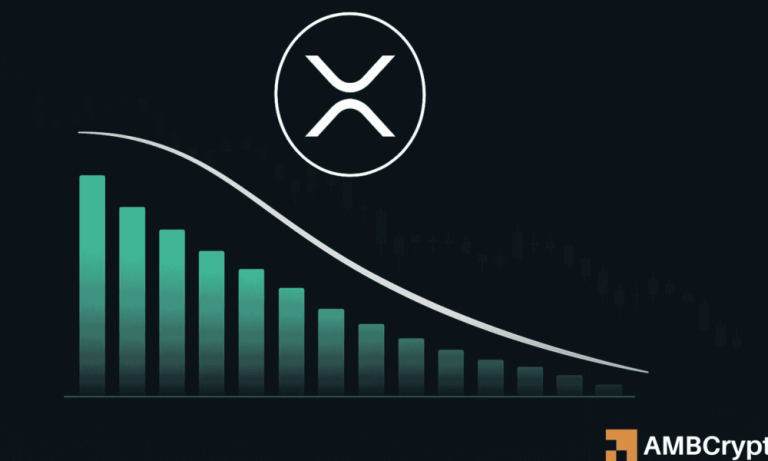
Decentralized Finance (DeFi) has consistently evolved over the years, optimizing features like AMM (Automated Market Maker) curves, fee frameworks, and trade routing. Yet, a glaring inefficiency persists—most liquidity in AMM pools remains idle, fragmented across various pairs and protocols, unable to deliver its full potential. Enter Aqua, the groundbreaking protocol developed by 1inch, designed to tackle this issue head-on by introducing a shared liquidity model.
What Is Aqua and How Does It Work?
Unveiled at the prestigious Devconnect Buenos Aires, Aqua is heralded as a paradigm shift in liquidity management within DeFi. Sergej Kunz, co-founder of 1inch, elaborates that Aqua allows users to avoid locking assets into individual liquidity pools. Instead, assets remain in a user’s wallet, simultaneously supporting multiple strategies. This innovation ensures an unprecedented level of liquidity efficiency and composability, offering significantly higher yield opportunities for liquidity providers.
The idea is simple yet transformative: rather than spreading liquidity thin across numerous pools, users can now consolidate their assets, multiplying their earning capability without compromising security. Think of Aqua as an engine working tirelessly within your wallet, optimizing yield across various strategies—promoting both convenience and profitability.
How Aqua Elevates Capital Efficiency
One of Aqua’s most remarkable claims is an exponential increase in the efficiency of capital stored in liquidity pools. According to Kunz, most traditional AMMs lock 80-90% of user capital inside pools without active utilization. Aqua breaks this mold, enabling a single asset to work across multiple trading pairs and strategies at once. Backtests performed by the 1inch team reveal yield increases of up to five to fifteen times compared to legacy AMMs, offering liquidity providers unprecedented opportunities to maximize their returns.
Perfect Timing and the Vision Forward
The launch of Aqua at Devconnect Buenos Aires was a strategic move. The event brought together technical experts, developers, and security researchers—precisely the community Aqua needs to refine and adopt its shared-liquidity framework. As Kunz detailed, the feedback at Devconnect has already improved how the model is communicated and understood by its intended users.
As the DeFi ecosystem grows, solutions like Aqua have the potential to rewrite the game for liquidity providers. With intent-based execution, cross-chain liquidity, and institutional-grade DeFi infrastructure gaining ground, protocols like Aqua are laying the foundation for a more efficient digital economy.
Why This Matters for DeFi Users
For DeFi users, Aqua isn’t just about theoretical innovation—it’s a practical step toward solving one of the ecosystem’s biggest inefficiencies. The promise of higher yields, reduced fragmentation, and enhanced capital productivity could pave the way for broader institutional adoption and better user experiences. Developers will also find Aqua’s integration process seamless, requiring only a few lines of code to unlock its benefits.
Ready to Join the Future of DeFi?
With Aqua, the burgeoning world of decentralized finance is taking another leap into the future. Whether you’re a developer, a liquidity provider, or simply someone curious about the evolution of financial technology, Aqua represents a significant next step in the DeFi revolution.
If you’re intrigued by the opportunities Aqua creates, explore 1inch’s solutions further by visiting their official platform.




